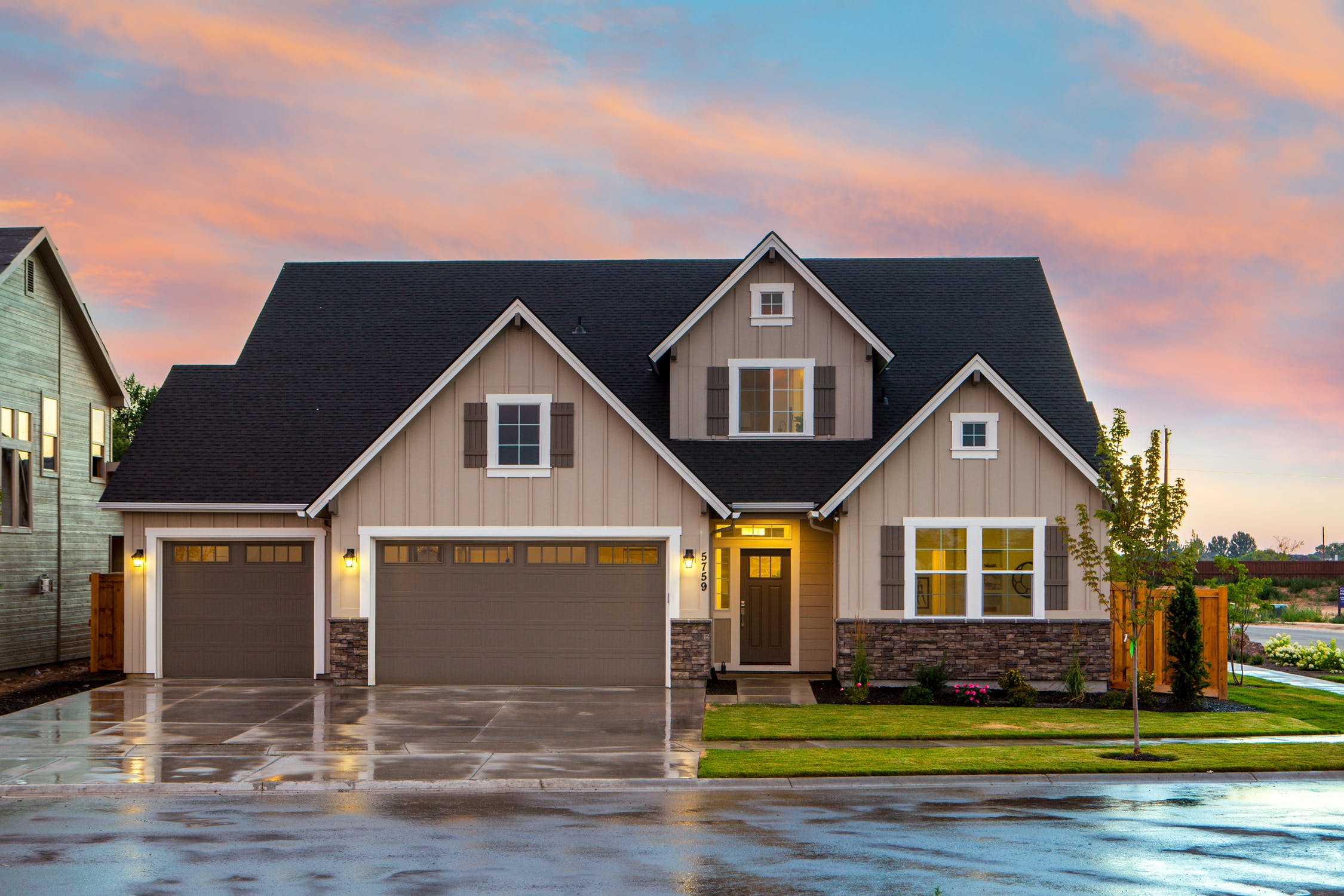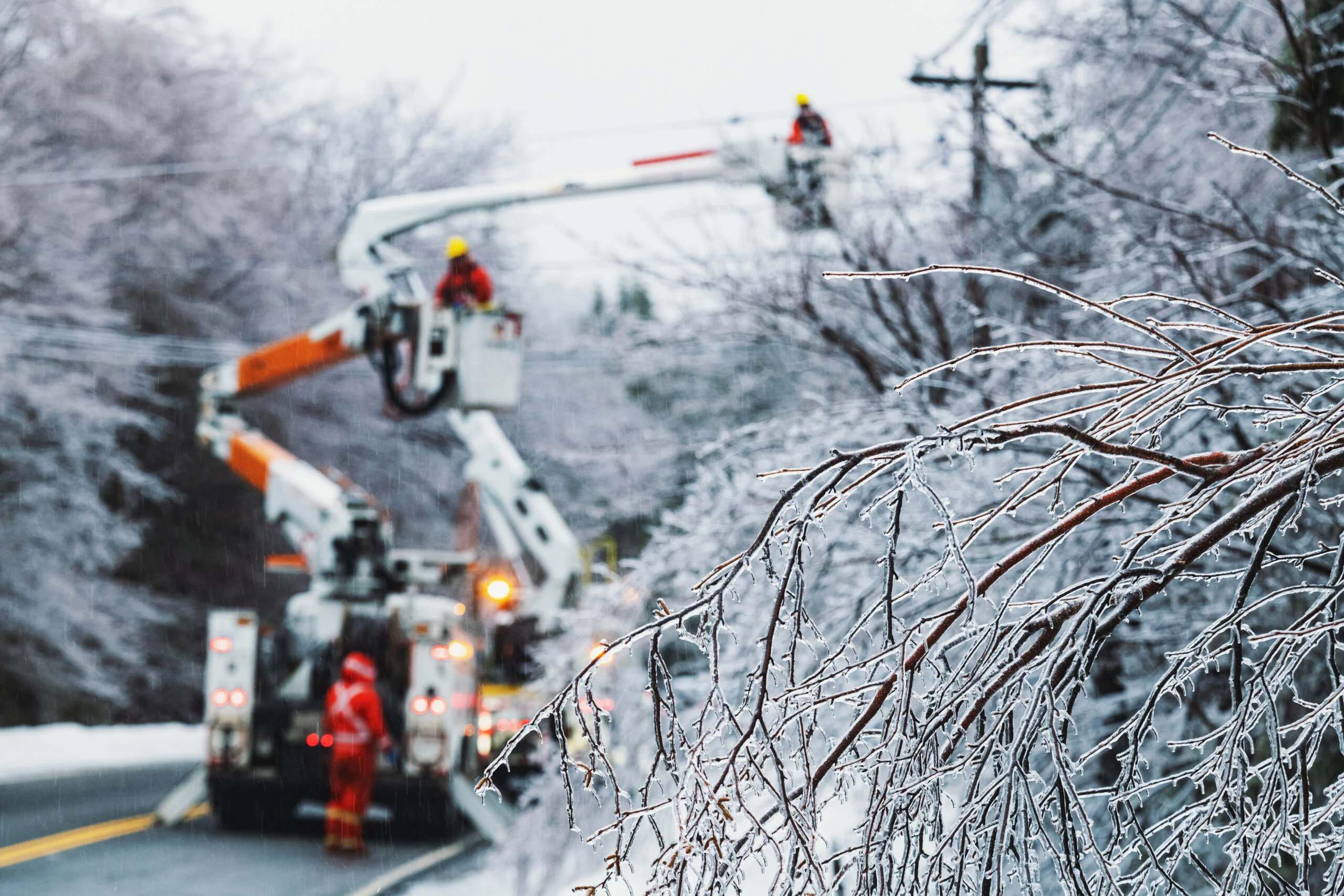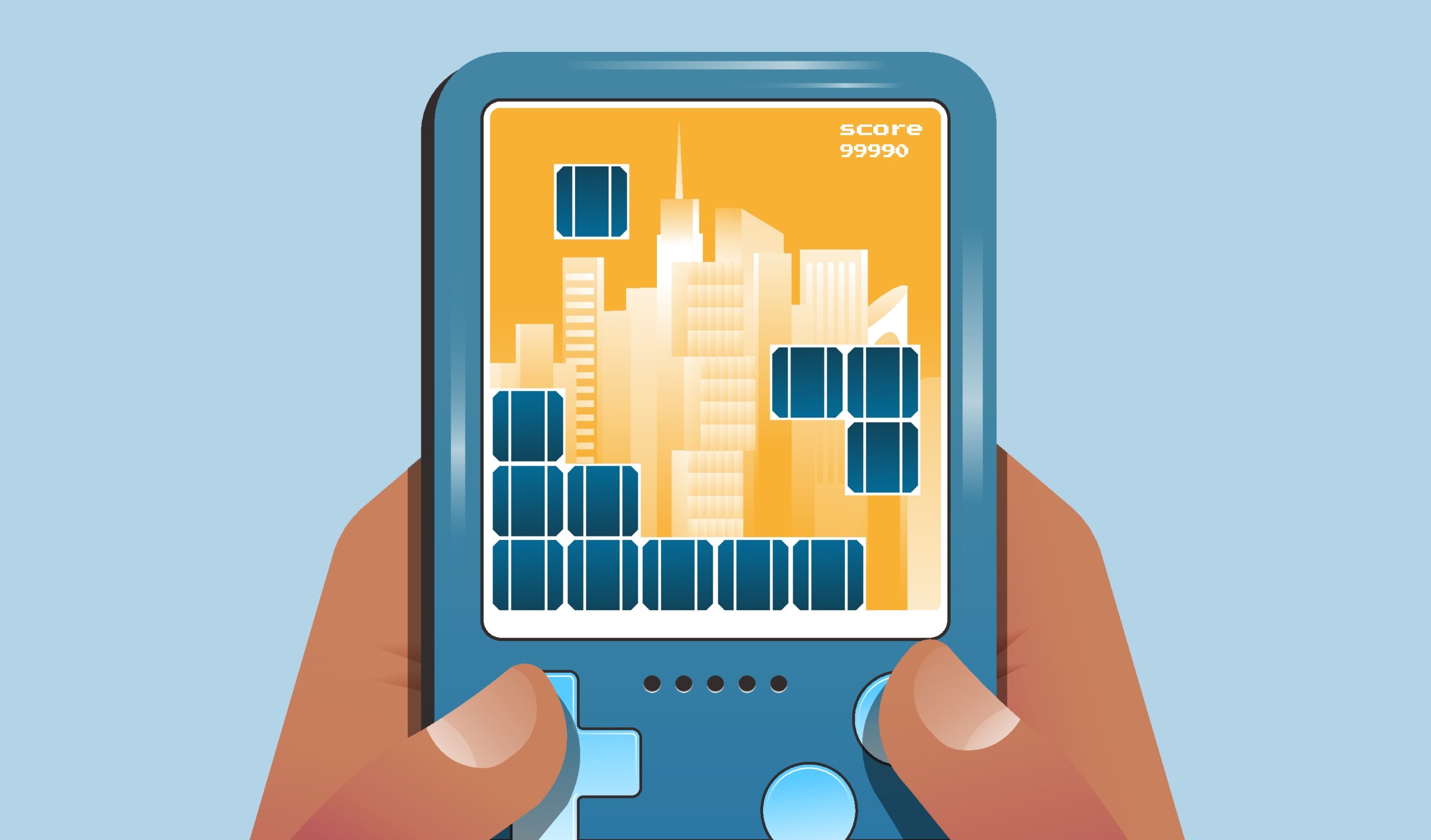Developing any new program presents logistical challenges to any utility operation. Building a demand response program requires a scope of vision, rich customer engagement, and the right DERMS technologies to tie these elements together. Demand response initiatives can take on many shapes and sizes, from water heater programs to ancillary services programs. Smart thermostat programs are a common bring your own device (BYOD) initiative that has great potential to help shape load curves during peak periods of usage. Let’s explore some tips for launching a successful smart thermostat program.
With wild weather emergencies happening more and more these days and an aging infrastructure, maintaining grid reliability is imperative. One easy way utilities can ensure resiliency is to shift load during peak periods when these events happen. As consumers continue to adopt wi-fi-enabled technology, one entry point into demand response programs is smart thermostats.
What is a Smart Thermostat Program?
A smart thermostat program is a demand response program that utilizes homeowners’ wi-fi-enabled smart thermostats to adjust the temperature in homes when the strain on the grid is at its highest. Utilities can use control and optimization methods to automatically bump the thermostat a few degrees or can utilize SMS notifications to ask the homeowner to adjust their thermostat, which is known as behavioral demand response.
Tips for Ensuring Your Smart Thermostat Program Success
- Future-proof your utility with technology. According to a recent study, “two in three (64%) customers want their utility to invest in new technology to reduce climate impact.” Investing in a DERMS software that provides end-to-end management and support of distributed energy resources and enrollment and control of in-home smart devices will make the enrollment and implementation of a BYOD Thermostat program easy and efficient. Pro Tip: Be sure the technology you choose is device agnostic so that when your program is ready to scale, your tech stack is ready too without additional development!
- Think like a marketer! For your program to be successful, you’ll need participation. Put on your marketing cap, and think through the best ways to reach your audience, as well as the appropriate message to drive engagement. Your messaging about your smart thermostat demand response program should be simple for everyone to understand and should start with an explanation of the benefits of the initiative to customers. Not only should your customers understand how the program works, and how they’re saving costs, but also how these types of programs help with grid stability.
- Educate and communicate as much as possible. Communicate prior, during, and after events. Remind your customers they don’t have to sacrifice comfort to participate in such programs. Let’s face it, many consumers don’t know what load shifting means. Now is your chance as their electrical utility to educate them on how shifting the load on the grid can be beneficial during peak periods and doesn’t equate to a hot home during the hottest days or a cold home during the coldest days. Pro Tip: When you choose the platform to help run and manage your DR programs, be sure it has customer engagement features for easily communicating via email or SMS.
- Reduce the barriers to participation with incentives. Not all customers can afford to purchase smart technology. Incentives are one way to supercharge a DR thermostat program and reduce the barriers to participation. Everyone loves a good freebie or financial motivation. Utilities can offer anything from rebates on the wi-fi-enabled thermostat devices themselves to gift cards or bill credits. Some have even offered marketplaces to get free devices. Pro Tip: Your DER technology platform should also be able to track incentives within the same platform you are dispatching events from. This provides an end-to-end view with real-time data.
- Utilize press releases to announce programs and drive participation. The greater community gets most of its news via local news channels. Pushing a press release out to the media will help to spread the word. See one of our partner’s releases here, as a great example.
- Meet customers where they are. Use printed bills or paperless billing options to promote the program, as well as show the true value of the smart thermostat technology. When time-of-use (TOU) peak prices are shifted to non-peak times, pricing is reduced and savings occur for both you, the utility, and the customer.
- Use social media to drive engagement and participation. The way customers interact with their utilities is changing. Consumers are increasingly showing an interest in their energy consumption, as well as environmental impact. They’re also following organizations they trust on social platforms like Facebook and Twitter. This offers a great opportunity to share educational information on the program’s benefits, energy efficiency tips, as well as carbon reduction goals.
Smart Thermostat Program Conclusion
Smart thermostats have significant growth potential and offer many opportunities for utilities. They’re an easy step to opening the doors to BYOD demand response programs, unifying the energy customer experience, and jumpstarting the road to a cleaner future. Want to learn more about customer engagement and demand response in your new or existing smart thermostat program? Virtual Peaker can help.





